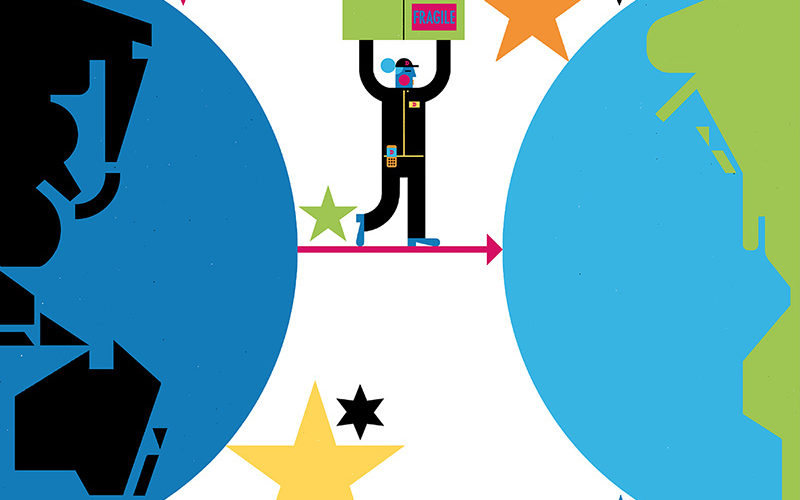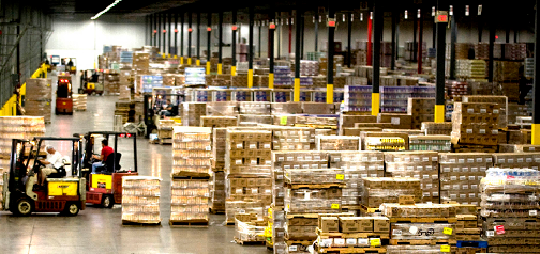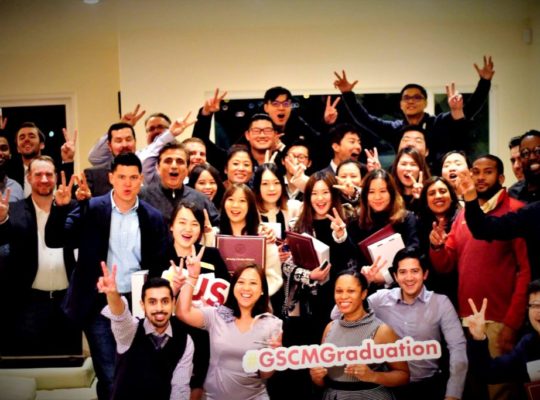COVID-19 revealed the fragility of our complex supply chain logistics. Expert Nick Vyas believes we can make it strong, green, and pandemic proof.
by Daniel P. Smith
Nick Vyas settles into his office chair in front of his computer for a Zoom meeting. One by one, dozens of Los Angeles-area sixth-graders populate the screen.
Vyas can’t remember the last time he faced such youthful students. As an associate professor of clinical data sciences and operations at the USC Marshall School of Business, the supply chain expert is used to talking about logistics in front of college classes.
But this precocious group of middle schoolers wastes no time telling Vyas about how supply chain issues jolt their daily lives. Their school uniforms are on backorder, they say. They see sparse grocery store shelves. And they want to know why.
“Why don’t we make more stuff here?”
“Why is it taking so long to get the game I ordered?”
“When will things get back to normal?”
Before COVID-19 derailed daily life and threw the global supply chain into disarray, Vyas says few adults — let alone tweens — concerned themselves with the complex labyrinth that keeps us stocked with the products we want when we want them. But supply chain issues in 2021 make the once-wonky subject a hot topic, even among school kids who would never have been interested in it a few years ago.
And it’s a part of the global economy that’s desperately seeking stability.
That reality makes Vyas, who helped launch the USC Marshall Center for Global Supply Chain Management a decade ago, a sought-after expert among everyone from corporate leaders to national media. And a recent $20 million gift from USC alum Randall R. Kendrick promises to advance USC’s prominent role in supply chain education, research, and thought leadership even further at a time when applied research, data science, and objective scrutiny are critically important.
Between media interviews and guest talks, Vyas recently talked with USC Trojan Family Magazine about supply chain logistics. From backordered bicycles to the skyrocketing cost of lumber, COVID-19’s far-reaching impact on our goods in 2021 may have exposed the inevitable. Now what? Read more…





